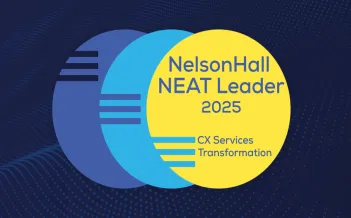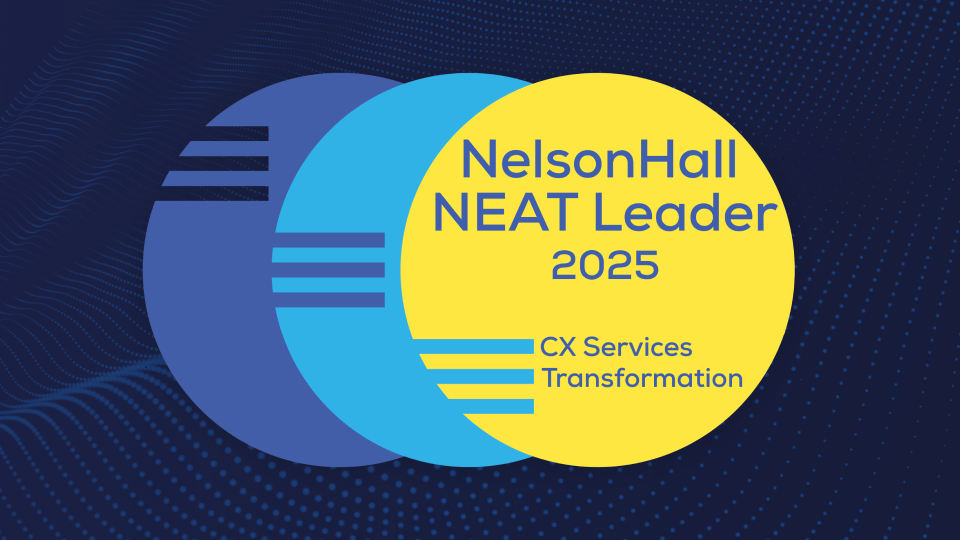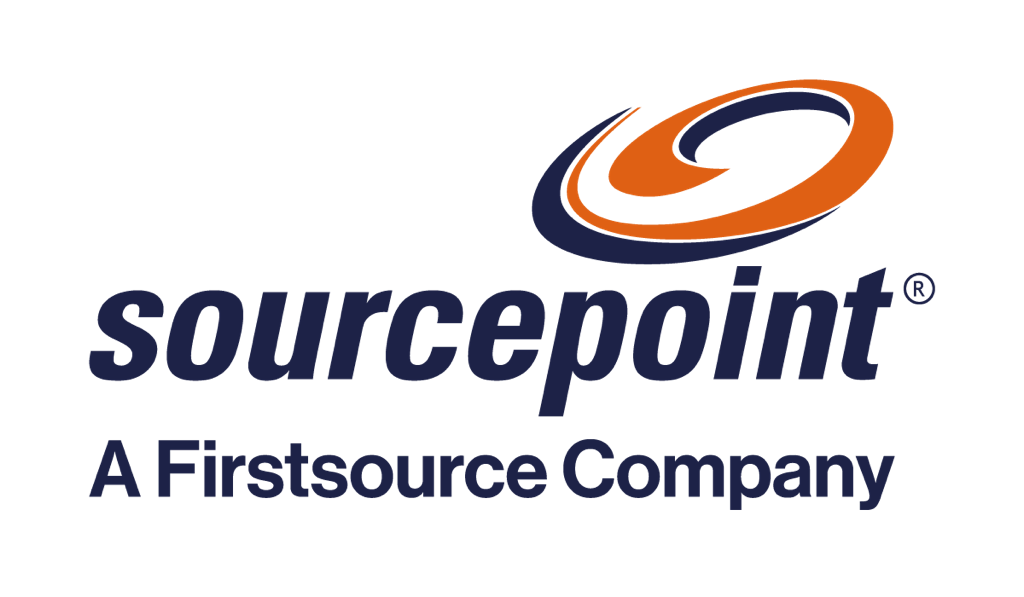To keep their businesses resilient, many organisations fast-tracked transformations as the COVID-19 pandemic hit. While some senior decision-makers got a proverbial bruise (or two) during the rapid changes, they also provided valuable lessons for leading change without the safety net of certainties.
At the start of the pandemic, Firstsource surveyed over a hundred leaders on business transformation. Over a fifth claimed COVID-19 had been a catalyst for new transformation projects. Today 70 percent of companies have a transformation strategy either in place or in planning.
Yet, post-pandemic transformation initiatives are even more difficult to manage. Before leaders could replicate tried and tested formulas to manage change projects. Now, decision-makers find themselves on a path where the old ways no longer apply, and new options are neither clear nor proven. Good news is – uncertainty doesn’t mean doom. In fact, it brings new opportunities to experiment, learn and grow. But doing this requires having an engaged and supportive team onboard.
Leading teams through change and uncertainty
The pandemic helped many leaders develop a new level of comfort with change and uncertainty as well as learn how to guide their teams through this journey. For example, it became clear that engaging a team does not mean obsessing about getting everyone onboard. Instead, getting ‘enough’ people on board will help to reach the tipping point where change becomes easy. This requires showing employees what the outcome looks like. When people can visualise the end point, they better understand the adjustments needed and become more willing to embrace the change. It’s also important to involve those with dissenting opinions; their concerns may highlight potential pitfalls which need to be considered.
However, even with a supportive team on board, there are two more factors that are key to navigating transformation decisions in the face of unpredictability: taking an agile approach and paying more attention to employees’ changing needs.
Agility is the new gold
As business leaders settle into the ‘next normal’ they must rethink and unlearn traditional approaches. For example, having a set path in mind for transformation initiatives might stifle progress more than support them. Case in point, our newest Digital Debt Collections client, a leading fintech company, was onboarded to a new platform in three weeks. The average prior to this was 12 weeks. This dramatic change in onboarding time was a result of how this platform was built. Here we took a new approach that involved adopting incremental development stages with a focus on automation and refining related processes to improve data utilisation. This was different from traditional methodologies, providing significantly reduced project timeline and cost.
Agility is important not just while delivering but also when planning transformation. Here defining an upper and lower bound of success, as opposed to a rigid criterion, can help companies navigate unexpected turns. Essentially, having a scope of success gives decision-makers more freedom to pivot and capitalise on emerging opportunities that were not possible to account for during initial planning.
Creating one team with suppliers
To be truly nimble organisations need to work with partners who can support agility. The obvious way to do this is evaluating suppliers for cultural fit. Less obvious is the imperative to create informal avenues for frank conversations. In our Leading Transformation research, most people said not setting up a forum for these conversations was their number one regret. It makes sense, informal frank discussions can surface issues before they spiral. They also force difficult decisions to be made faster both on company and supplier side.
Another insight gleaned from this research is the importance of embedding external stakeholders into the change programme. Engaging consultants, partners and outsource providers in steering groups and having joint project teams doesn’t just increase project transparency, it has the added benefit of reducing stress. We found that 82 percent of low-stress programmes demonstrated a strong partnership with suppliers, compared to only 45 percent of high-stress ones.
Taking an empathetic approach to employees
To implement successful transformation projects, leaders must take cues from employees on how change will impact them. Given the immense shifts brought about by the pandemic, a more astute approach focussed on staff wellbeing is paramount.
During any transformation project there will be emotional highs, when there are big wins, but there will also be plenty of points of low morale. Leaders need tools to manage this emotional marathon. Celebrating successes is one such tool. Our research found that 64 percent of business leaders have been nurturing a positive culture by celebrating even small team wins. 57 percent were also taking an empathetic approach when things go wrong, rather than fuelling a blame culture. In doing so, leaders empower their workforce to learn from their mistakes and navigate change effectively.
The value of uncertainty
The inability to predict what will happen needn’t be a disadvantage for decision-makers. With the onslaught of changes brought about by the pandemic, agility has become a valuable currency. Leaders actively embracing the unknown can better support fit-for-purpose, sustainable and truly innovative transformations.
This article is written by Sundara Sukavanam, Chief Digital Officer at Firstsource and was first published in Employer News UK.










